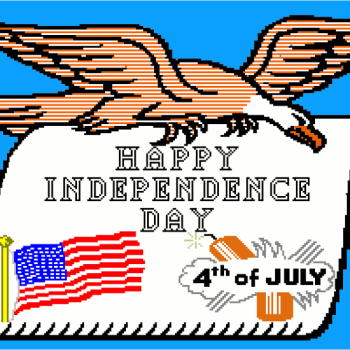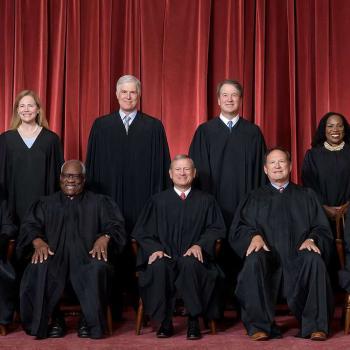I don’t know if you noticed, but my brother Jimmy finally read my blog and commented on the State Bank post a few days ago (a topic that he alerted me to). Here is what he said:
The history of the Bank of North Dakota is very interesting. It is a product of a populist political organization known as the Nonpartisan League, which was formed in 1915 by a former socialist. It soon took over the Republican party in North Dakota and even elected a governor, Lynn Frazier. In 1921, he became the first governor to be recalled after an investigation of the bank showed it to be insolvent.
(Which goes to show you that any institution can become corrupted by incompetent or dishonest executives, but at least with a state owned bank you have the ability to have them removed. What can we do to the CEO’s of privately owned companies that do the same? I believe that most of them are still in charge and doing quite well with their generous bonuses.)
In 1956, the Nonpartisan League broke away from Republican party and merged with the democratic party.
Despite these early problems, the Bank of North Dakota survived. I think it would be a good model for the rest of the country. I don’t think that a state owned bank needs to replace large commercial lenders or the federal reserve, but would be kind of like a “public option” for individuals and small businesses who want a low interest real estate loan, student loan or small business loan. the growth of state owned banks would provide a certain amount of stability in the economy and would also benefit the states that have them.
However, the “establishment” would certainly resist having to compete with a state owned bank that did not have to give dividends to its stockholders. I can hear Glen Beck now, standing in front of his chalkboard decrying the “socialist” origins of state owned banks.
It would take a true populist movement to establish state owned banks, not the tea party types that are too ideological and anti-government. Power to the People!
See, he is an example of what I had posted about earlier, the old-school populist Democrat. He raises at least two points worth discussing:
(1) Can a genuinely populist movement be too ideological and anti-government?
(2) I think we should revive the third party he refers to: the Nonpartisan Party. It only ceased to exist because it first merged with the Republican Party and then merged with the Democratic Party.












